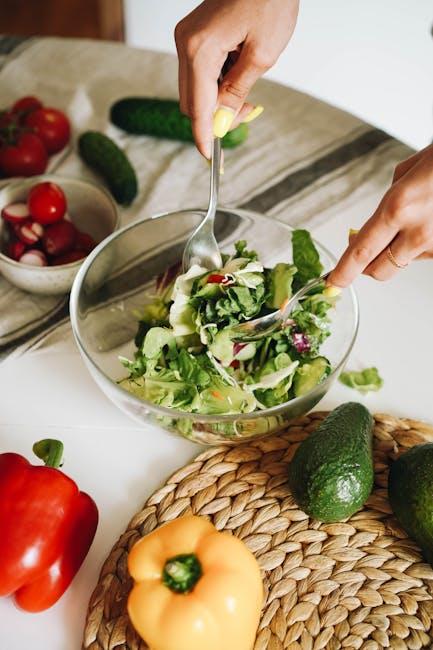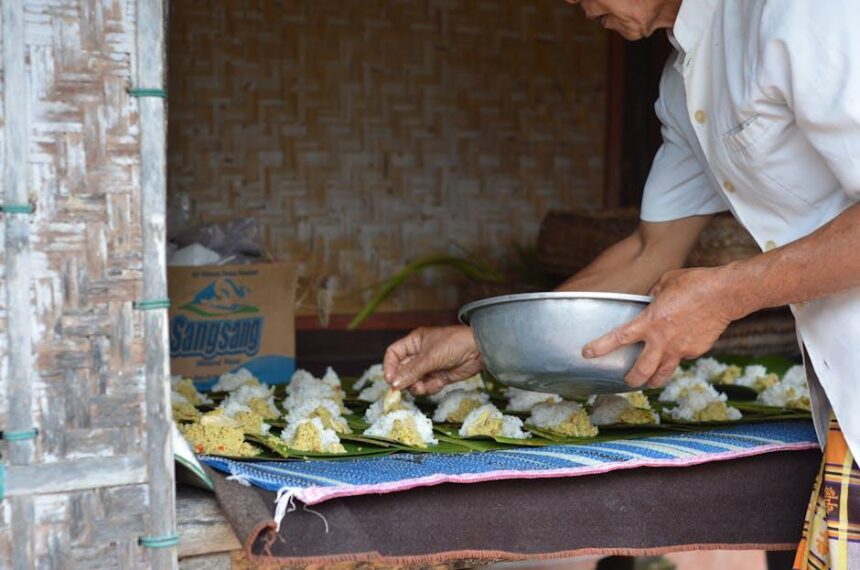In the realm of culinary arts, recipes often serve as trusted maps-detailed guides leading us step-by-step to familiar flavors and successful dishes. But what happens when we put down the recipe card and embark on a journey guided solely by intuition? Cooking without recipes invites us to reconnect with our senses, experiment fearlessly, and rediscover the joy of spontaneous creation in the kitchen. This approach not only nurtures creativity but also hones an instinctual understanding of ingredients, techniques, and timing. By embracing this freedom, home cooks can transform each meal into a personal expression, cultivating a deeper confidence in their culinary instincts.
The Art of Tasting: Developing Your Palate for Intuitive Cooking

Developing a refined palate is essential for those who wish to embrace intuitive cooking fully. It begins with attentive tasting-savoring each ingredient separately before combining them. This mindful practice helps identify distinct flavors, textures, and aromas, empowering you to understand how they interact on your tongue. Over time, your sense of taste evolves beyond merely recognizing saltiness or sweetness to appreciating subtle nuances, such as the brightness of citrus or the earthiness of roasted vegetables. This sensory awareness builds the foundation for spontaneous creativity in the kitchen, leading to dishes crafted from instinct rather than instruction.
To nurture your palate, consider adopting these habits:
- Frequent tasting: Sample ingredients at every stage of preparation to monitor flavor development.
- Ingredient isolation: Taste components individually to recognize their unique contributions.
- Compare and contrast: Experiment with similar ingredients, like different types of vinegars or chocolates, to discern their differences.
- Mindful eating: Slow down to enjoy textures and aftertastes, training your brain to remember flavor profiles.
| Flavor | Example Ingredient | Suggested Pairing |
|---|---|---|
| Umami | Miso Paste | Roasted Mushrooms |
| Acidity | Lemon Zest | Grilled Fish |
| Bitterness | Kale | Garlic Sauce |
| Sweetness | Caramelized Onions | Pork Belly |
Embracing Flexibility: How to Adapt Ingredients and Techniques on the Fly
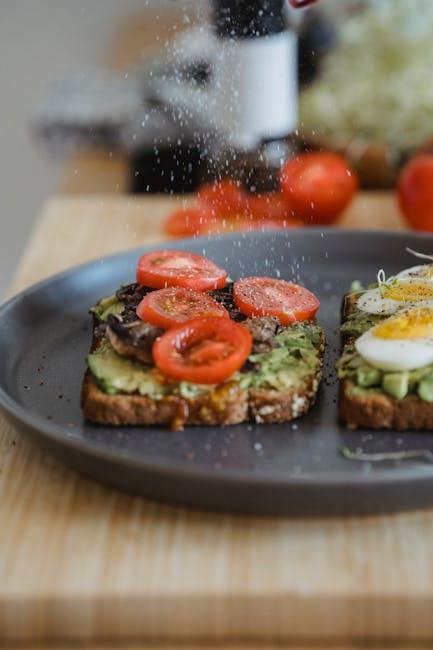
When you let go of rigid recipes, you start to see your kitchen as a playground of possibilities rather than a checklist of instructions. Flexibility becomes your secret sauce, empowering you to experiment with whatever you have on hand. Instead of panicking when an ingredient is missing, try swapping it with something similar in texture or flavor. For example, if you don’t have cream, full-fat coconut milk or yogurt can add richness. If fresh herbs are unavailable, dried versions or even a twist of citrus zest can brighten a dish in unexpected ways. This adaptability sharpens your instincts and builds a deeper connection to the food you create.
Techniques can also be tweaked with ease when you embrace a flexible mindset. Want to roast but only have a stovetop? Try pan-searing with a lid to mimic oven heat, or braise instead of bake when time permits. Keep a mental cheat sheet of versatile methods like sautéing, steaming, or grilling to switch gears seamlessly. Consider this table for quick ideas on how to transform techniques based on your kitchen tools and mood:
| Technique | Alternative Method | Best For |
|---|---|---|
| Roasting | Pan-searing with lid | Vegetables, meats |
| Baking | Braising or steaming | Breads, casseroles, fish |
| Boiling | Sautéing or stir-frying | Pasta, greens |
- Trust your senses: taste and texture can guide substitutions.
- Be mindful of cooking times: different ingredients and methods require tweaks.
- Keep a flavor balance: adjust acidity, salt, or spice to maintain harmony.
Understanding Flavor Pairings: Building a Mental Library for Creative Dishes
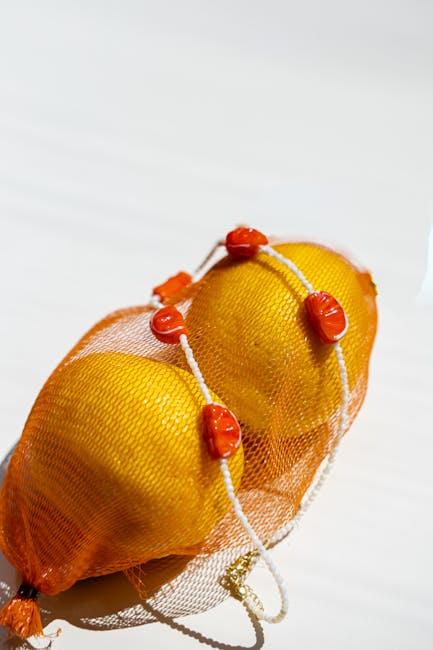
At the heart of intuitive cooking lies an ever-growing mental palette of flavor pairings. By consciously tasting and experimenting with different ingredient combinations, you build a personalized “flavor map” that guides your creative process without the need for rigid recipes. This mental library enables you to anticipate how diverse tastes-sweet, salty, bitter, sour, umami-will interact, harmonize, or contrast on the plate. Think of it as composing music where each note is a flavor, and your knowledge is the score that helps you improvise confidently. Familiarity with common pairings, like basil and tomato or lemon and dill, lays the foundation, but don’t shy away from finding magic in unexpected matches.
To jumpstart your collection of flavor memories, consider these tips:
- Test Simple Combos: Try basic pairings in small bites to directly experience how flavors meld or clash.
- Keep a Flavor Journal: Document what you taste, noting textures, intensities, and sensations for future reference.
- Explore Global Flavors: Different cuisines offer unique pairings and ingredient roles that can enrich your understanding.
- Trust Your Senses: When experimenting, focus on aroma and mouthfeel as much as taste to deepen your sensory awareness.
| Flavor Category | Classic Pairings | Surprising Combos |
|---|---|---|
| Sweet | Chocolate & Raspberry | Sweet Potato & Sage |
| Sour | Lemon & Thyme | Pineapple & Black Pepper |
| Umami | Mushroom & Soy | Parmesan & Watermelon |
Practical Exercises to Strengthen Culinary Instincts and Confidence
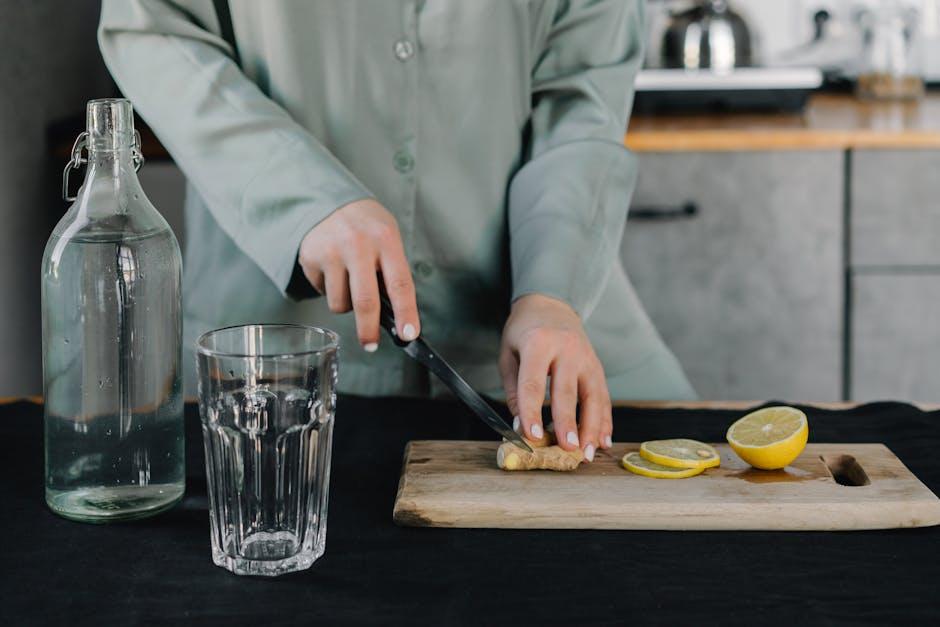
One effective way to awaken your culinary instincts is by engaging in ingredient mash-ups. Select a handful of random ingredients from your pantry or fridge, then challenge yourself to create a dish using only those items. This exercise encourages experimentation with flavors and textures, helping you understand how different components interact without the safety net of a recipe. To deepen this practice, try creating variations with each session-alter cooking methods, add spices, or switch up the ratios to discover new dimensions in taste.
Another powerful technique is to build dishes around a single foundational element, such as a vegetable, grain, or protein. By focusing on one base, try inventing multiple preparations that complement or transform the ingredient, developing a mental toolkit of techniques and flavors. Below is a simple framework that can guide your exploration:
| Base Ingredient | Cooking Method | Flavor Profile | Texture Experiment |
|---|---|---|---|
| Eggplant | Grilled | Smoky & Spicy | Crispy Skin |
| Chickpeas | Roasted | Earthy & Herbal | Creamy Puree |
| Salmon | Poached | Citrusy & Fresh | Flaky & Tender |
- Trust your palate: Taste frequently and adjust seasonings intuitively.
- Note textures: Observe how cooking time and method impact mouthfeel.
- Embrace mistakes: Every failed dish is a lesson in flavor balance and technique.
The Conclusion
Embracing the art of cooking without recipes invites you to reconnect with your senses, trust your instincts, and find joy in the unexpected. As you abandon the safety net of instructions, you open the door to creativity and discovery, transforming every meal into an opportunity for personal expression. So next time you step into the kitchen, let intuition be your guide-after all, the most memorable dishes often come from the heart, not the page.


